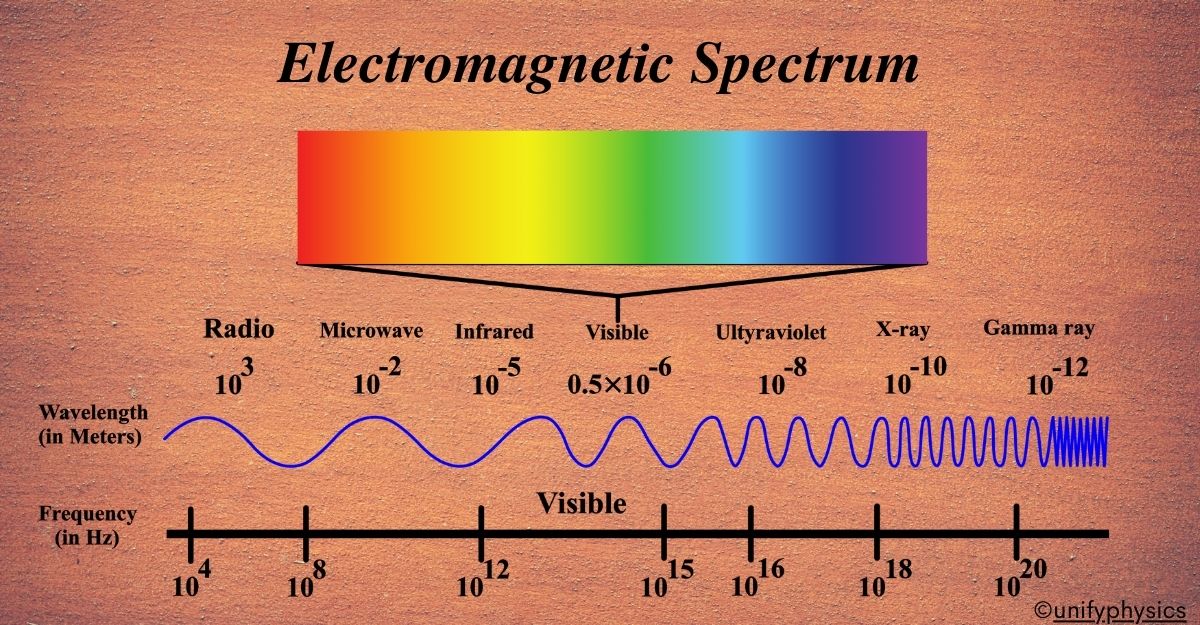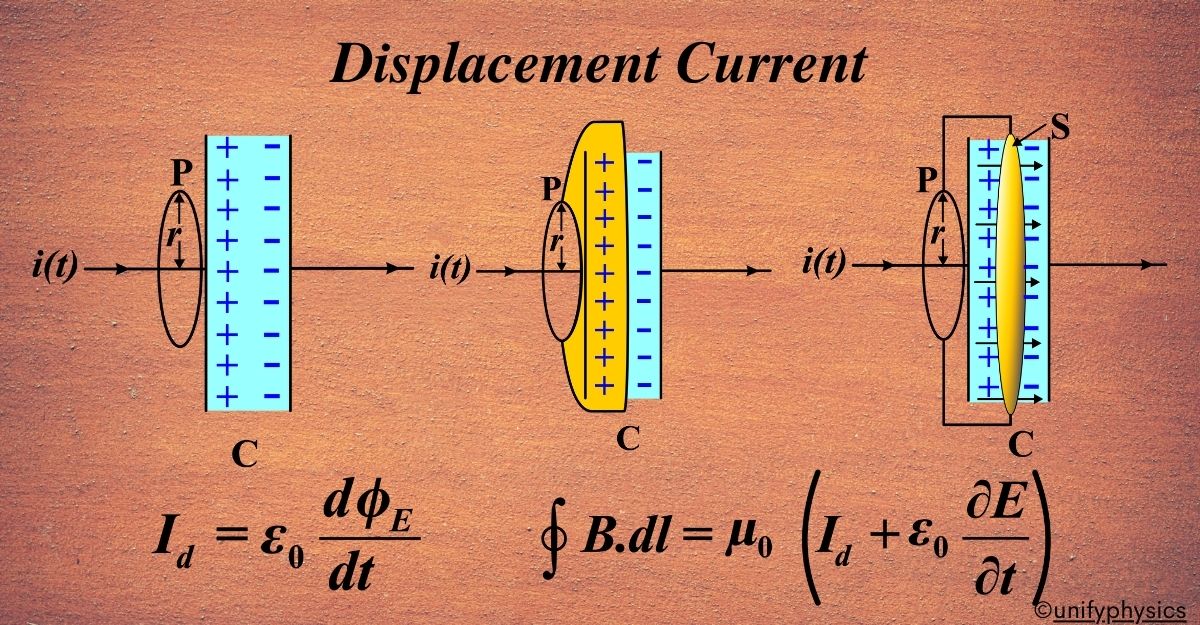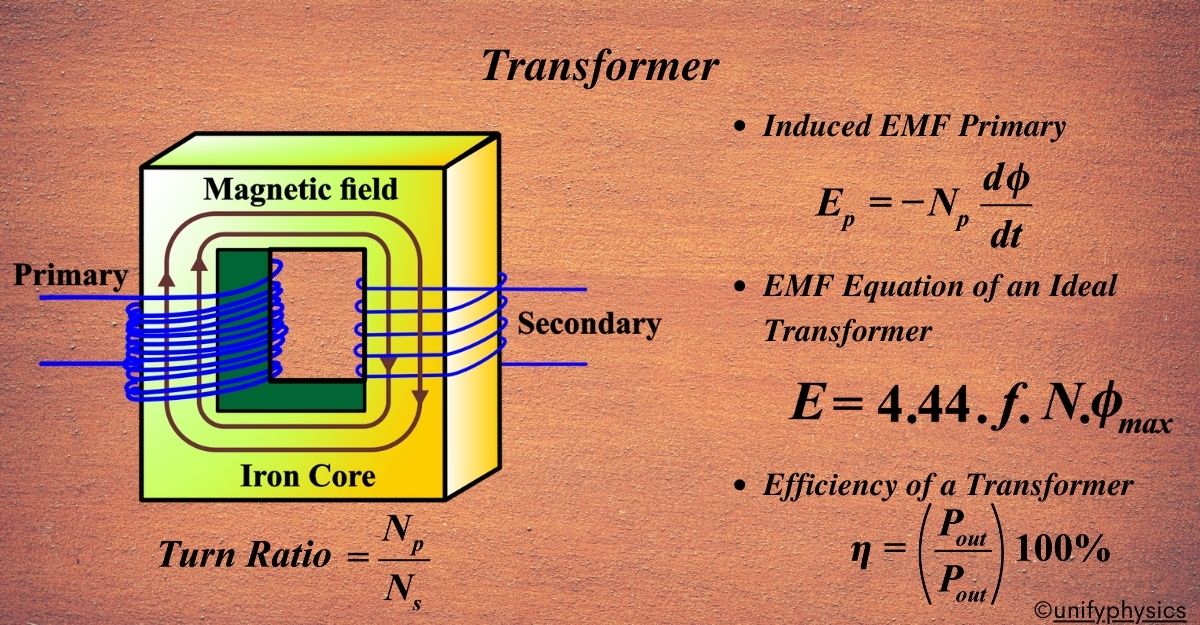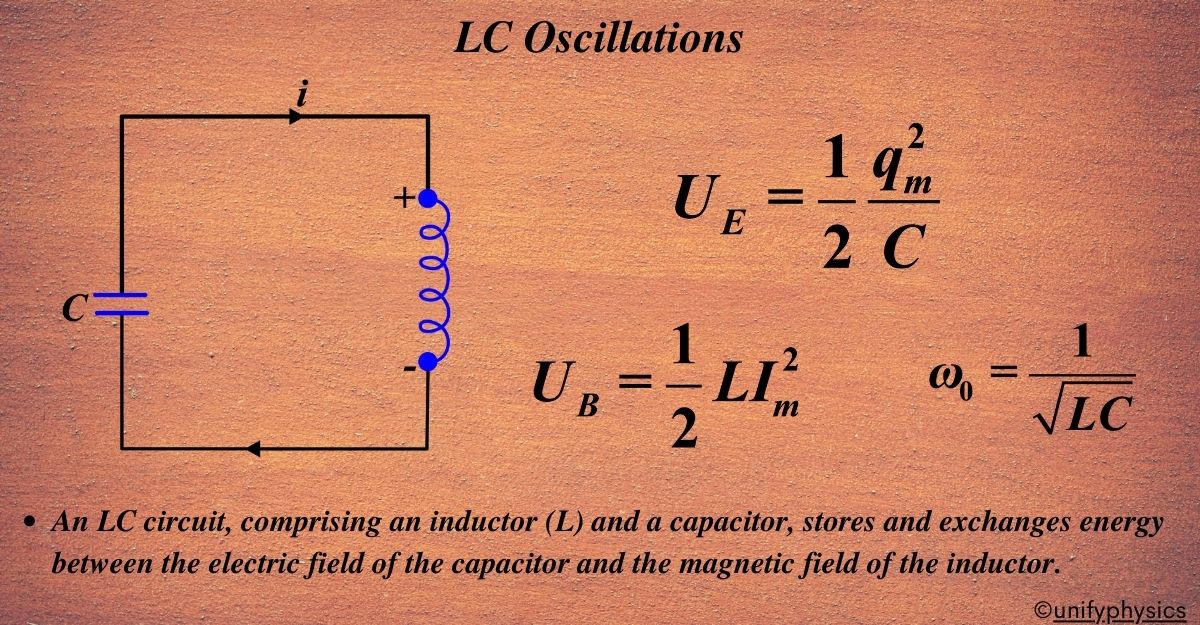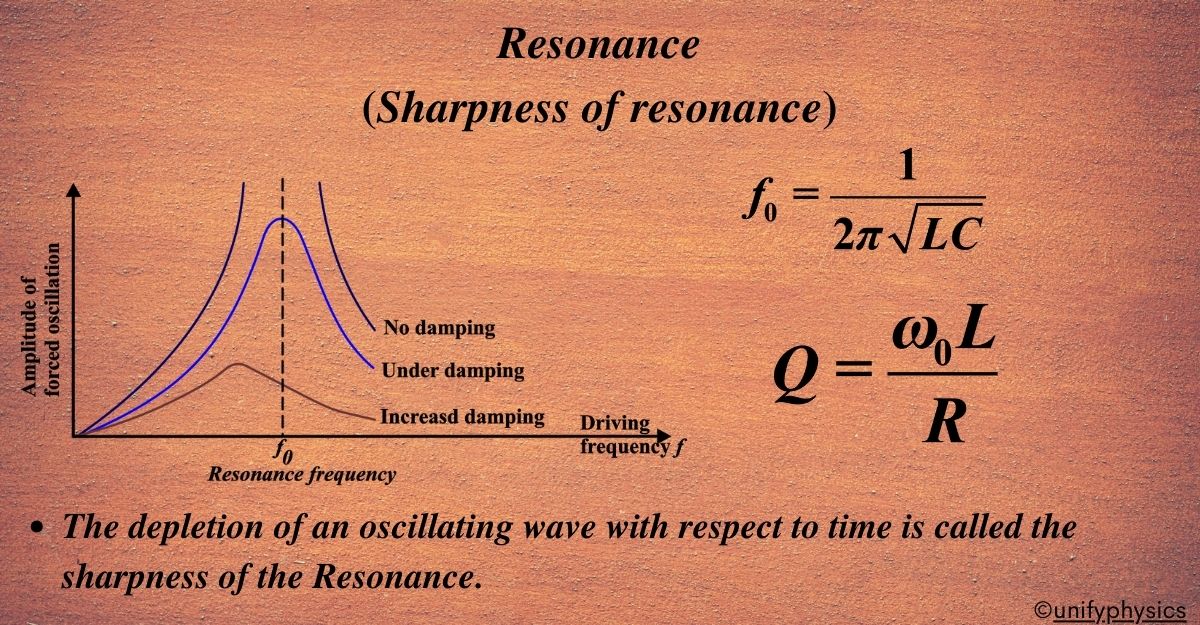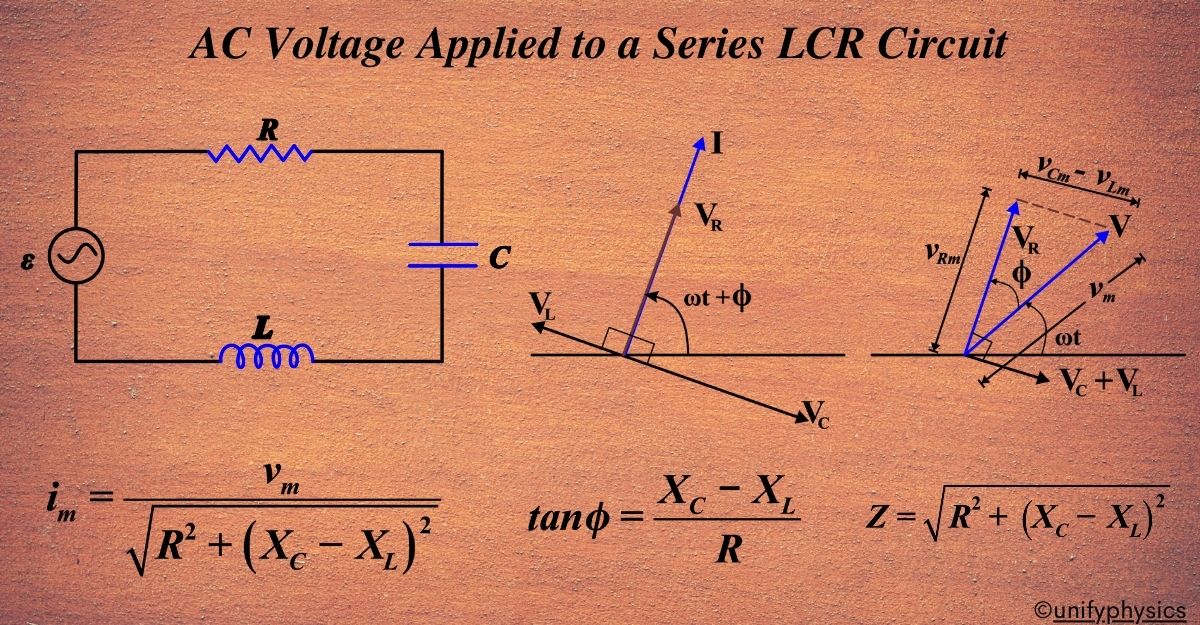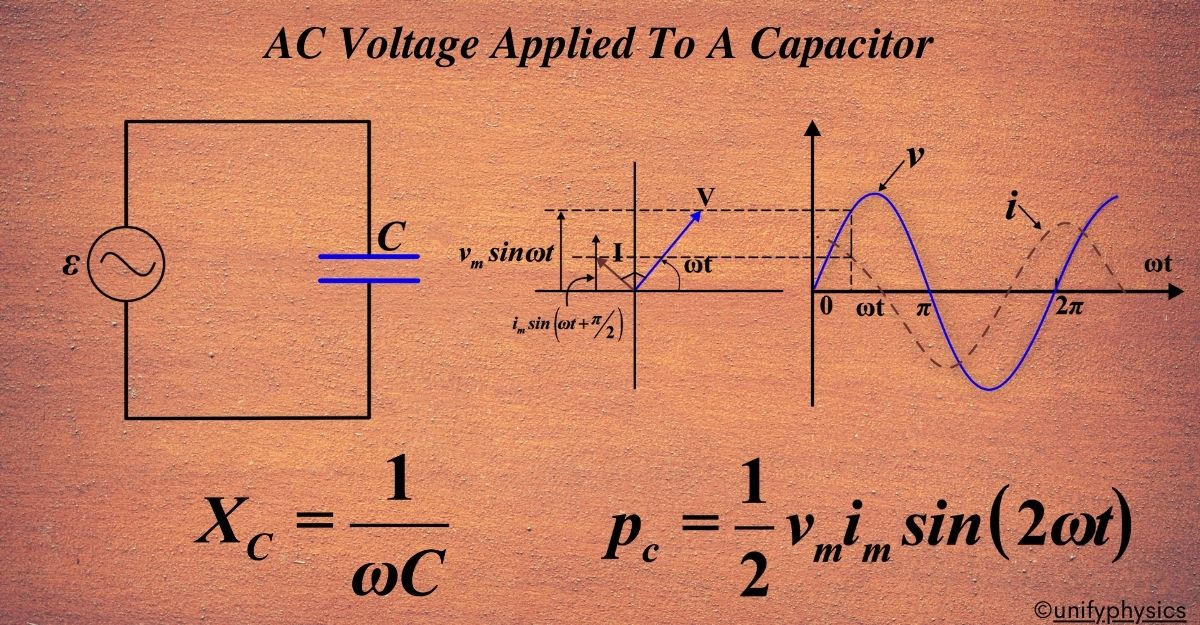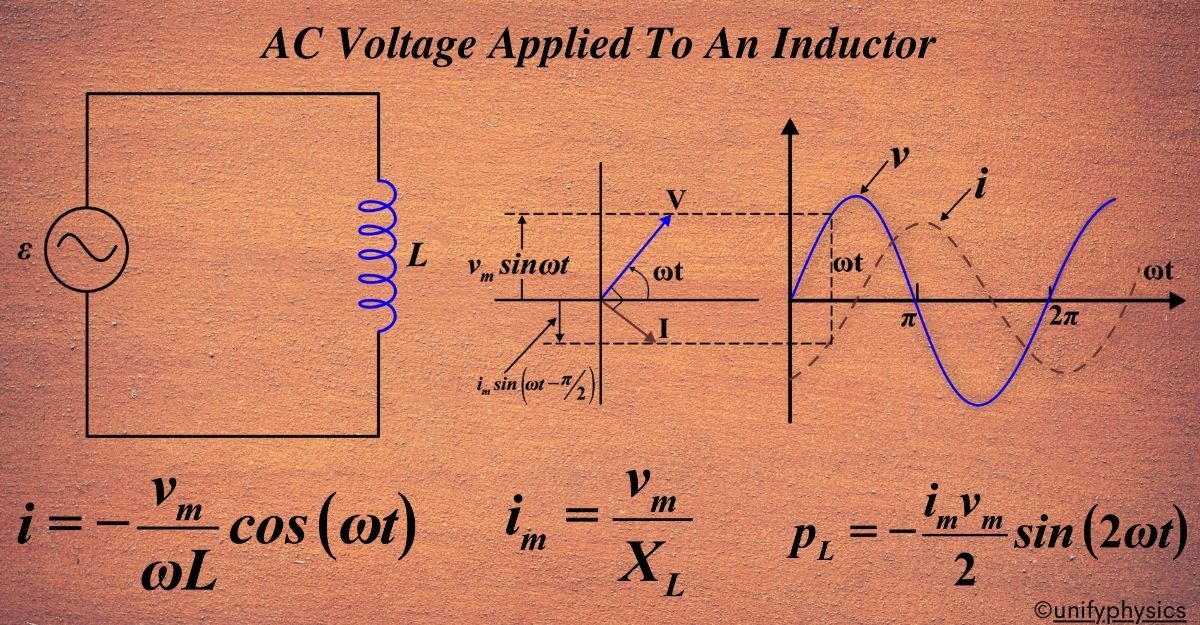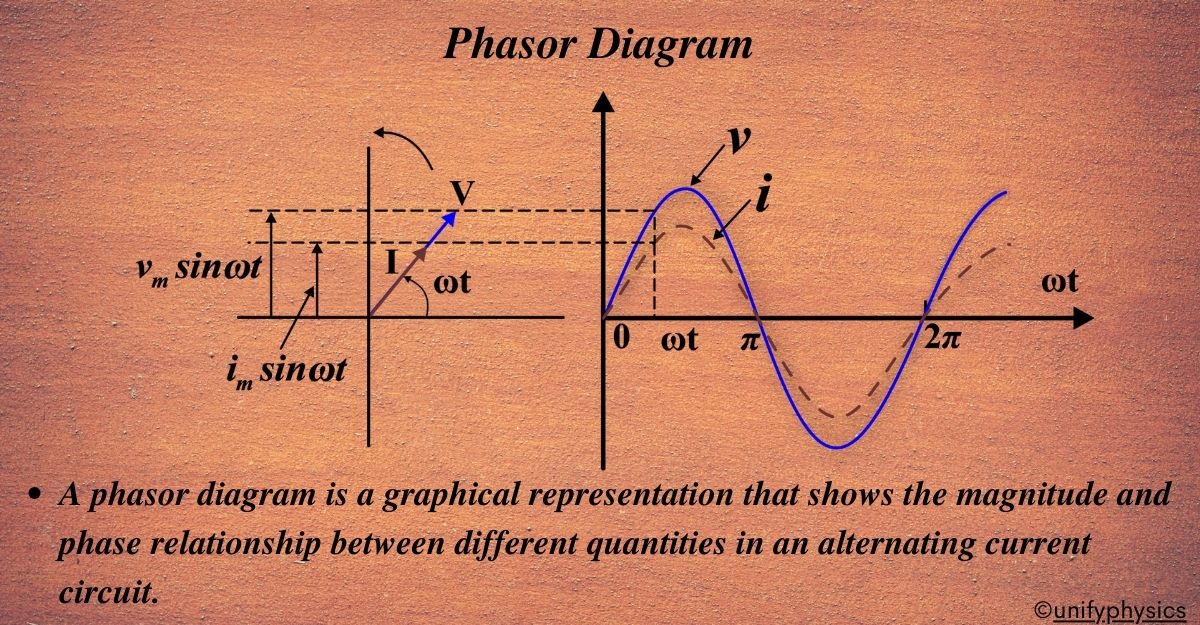Electromagnetic Spectrum
The journey to understanding the electromagnetic spectrum began with early studies of light. In the 17th century, Isaac Newton made a significant discovery when he passed white light through a glass prism. He observed that the light split into a spectrum of colors: red, orange, yellow, green, blue, indigo, and violet. This demonstrated that white … Read more
